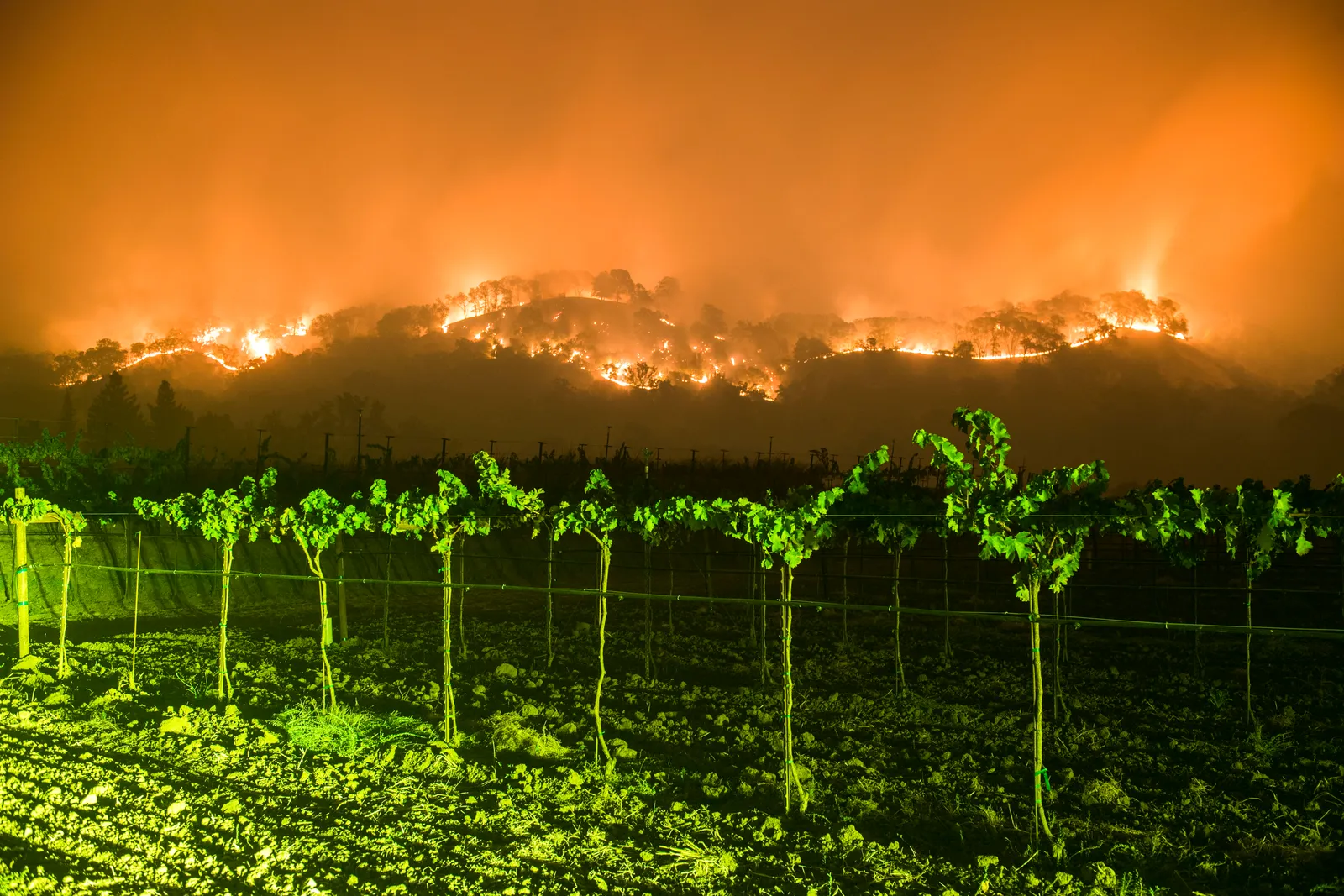This Unholy Mess
Welcome

If you’re a fan of irony, you found a lot to like in the August 19 Napa Register column by Peter Nissen, President of the Napa County Farm Bureau, entitled “Denial of vineyard sets dangerous precedent.”
The article tells us that the Napa County Board of Supervisors made a terrible mistake in rejecting a proposed vineyard project, Le Colline, in the Howell Mountain community of Angwin. In fleshing out that idea, Mr. Nissen offers us some reasoning that contains some seemingly unintentional ironies.
The great irony lies in the use of the phrase “dangerous precedent.” While he asks us to accept that scuttling the Le Colline project places Napa County agriculture under threat, endangering future vineyard projects, the real “dangerous precedent” in Napa County’s public policy lies far more in continuing our agricultural planning and growth according to the 2008 General Plan, oblivious to all the radical environmental changes that we have witnessed, locally and globally, in the last six or seven years. In the face of extreme drought, wildfire, and severe risks posed to water quality and quantity, is it a viable position to advocate continuing on as we have always done? Isn’t that the most dangerous precedent?
Of course it is understandable that the Farm Bureau should want to see Napa County agriculture as they have always seen it. The rules that have applied in the past should be good enough for the future. This is a normal hallmark of organizations that have a vested interest in the status quo. Just ask the tobacco companies, or, for that matter, fossil fuel producers. It is naturally very difficult for established interests to acknowledge rapid, profound changes in the world—especially if those changes do not appear to align with their current operating models.
At one point, Mr. Nissen states that decisions like the rejection of Le Colline jeopardize “the long-term viability of our agricultural practices.” This is pretty good irony, too. In truth, rejection of such projects is more likely to improve the long-term viability of the county’s agricultural practices, if you consider the long-term benefits in enhanced watershed protection, erosion control, surface water quality, and groundwater sustainability. That is to say: the county will be more prepared to continue producing great wine under future climate conditions.
It is almost impossible to find any climate scientists today who do not acknowledge climate change as a jugular vein issue for the planet, and almost as hard to find any who do not agree that changes are occurring at a much faster rate than originally estimated. With this backdrop, is it sensible for Mr. Nissen to be so unhappy with the notion that the County government is “picking and choosing” vineyard project criteria to support the common good of the county and its residents, even when applicants for vineyard-planting have complied with “existing” regulations, i.e., those in effect six, seven, eight years ago? Isn’t this “picking and choosing” process a vital function of government in a transitional age, when environmental change is moving faster than our ability to adjust our hidebound, traditional views?
Farm Bureau leadership has always pointed to the formation of the Ag Preserve, with its pronouncement that agriculture should be the best and highest use of the land, as the trump card in any discussion of Napa County’s future. The Ag Preserve allowed for the miracle of this place, an oasis that could easily have become Santa Clara County of the north. Napa County lands could’ve been paved and subdivided into the Cartesian nightmare of sprawl that one now sees around San Jose. In 1968, this was a triumph for the community.
But here we have to admit that as visionary as the original advocates of the Ag Preserve were, they were not clairvoyant. They could not foresee the traffic issues, the housing crisis the Preserve would inadvertently create, much less the drastic effects of climate change on our natural resources, something we have all felt so keenly in recent years. These drastic effects call for concerted action by elected government officials—not by interest groups like the Napa County Farm Bureau. You would no more ask the Farm Bureau to plan our water resources and land use than you would ask the National Association of Home Builders to plan our housing strategy. After all, the Farm Bureau is an advocacy group essentially dedicated to increasing plantings and the number of its members from X to X+1. And good luck to it. That’s its job. But it has neither the capacity nor the breadth of vision to formulate the course of action our community should take to safeguard its well-being in the long haul.